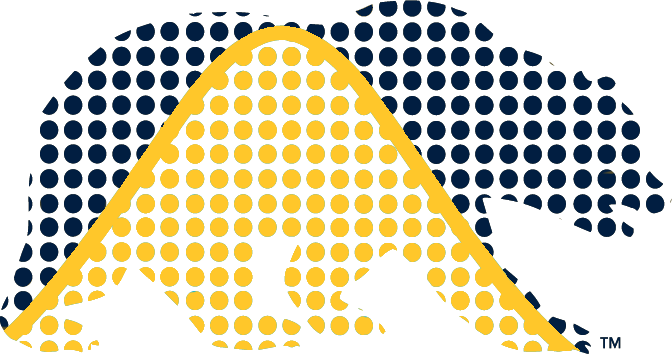STAT151A Quiz 4
Please write your full name and email address here:
Also, please put your intials on each page in case the pages get separated.
You have 30 minutes for this quiz.
There are two questions, each weighted equally..
There are extra pages at the end if you need more space for solutions.
Question 1
Suppose that
Let
the differences between the first component of
(a) What is
(b) What is
(c) What is
(d) What is
(e) What is
(f) What is
(g) What is the distribution of
(h) What is the distribution of
Question 2
Suppose that one thousand children were administered an IQ test at age 10, and again at age 14. Let the age 10 measurements be denoted
Viewing these IQ tests as a draw from all IQ tests administered in a given year, the scores satisfy
The IQ tests can be considered a noisy measure of an inate capacity to perform well on the test. That is, the exact same student can be expected to receive different scores on an IQ test, even if nothing about the student changes from one test to the next.
Suppose we run the regression
(a)
Evaluate
(b)
When
Briefly explain your answer with reference to a concept from class. A single sentence is enough.
(c)
Suppose we replaced the IQ tests with a longer assessment that has less chance variability. Let these measurements be denoted
Assuming that the scores are again standardized so that
Extra space for answers (indicate clearly which problem you are working on)
Extra space for answers (indicate clearly which problem you are working on)
Extra space for answers (indicate clearly which problem you are working on)
